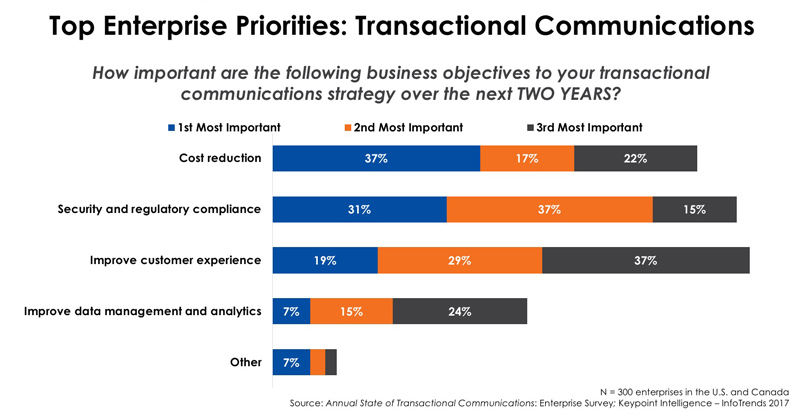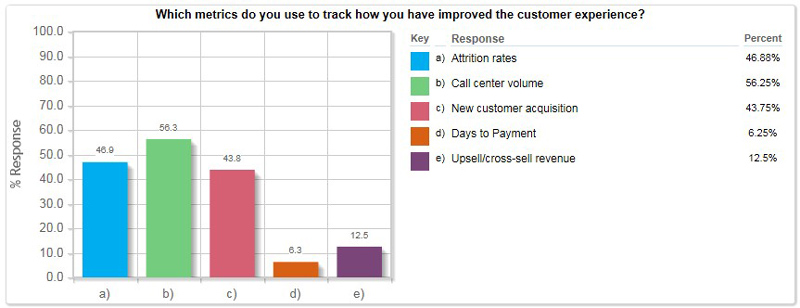Access the latest news, analysis and trends impacting your business.
Explore our insights by topic:
Additional Broadridge resource:
View our Contact Us page for additional information.
Our representatives and specialists are ready with the solutions you need to advance your business.
Want to speak with a sales representative?
| Table Heading | |
|---|---|
| +1 800 353 0103 | North America |
| +442075513000 | EMEA |
| +65 6438 1144 | APAC |
Your sales rep submission has been received. One of our sales representatives will contact you soon.
Want to speak with a sales representative?
| Table Heading | |
|---|---|
| +1 800 353 0103 | North America |
| +442075513000 | EMEA |
| +65 6438 1144 | APAC |

Every day I get the opportunity to work with many companies on their customer communications strategies. One thing I’ve learned is that creating a strategy not only requires looking back at goals and metrics, but also looking ahead to ensure companies continue to meet or even exceed customer and shareholder expectations, embrace technology and adopt best practices.
I shared some of my insights at a recent webinar, The Customer Journey is Transforming. Are Your Communications Ready?, with guest speaker Matt Swain from Keypoint Intelligence – InfoTrends. We kicked off the webinar by looking at how businesses ranked their strategic objectives for transactional communications.

When you look at the top three priorities – reducing costs, adhering to security and regulatory requirements, and improving the customer experience (CX) – they may appear to be at odds. Yet, even though it seems to defeat the objective of reducing costs, investing in outbound communications can actually decrease inbound call center volume and improve days sales outstanding (DSO) while creating a better CX. Case in point, I’ve seen some companies invest in digital communications and realize a 15-day reduction in float because their customers are receiving engaging content and paying their bill immediately.
Recognizing that CX has been a major focus over the last few years, we wanted to find out what metrics companies are using to track their current CX efforts. Webinar attendees ranked call center volume (56%), attrition rates (47%) and new customer acquisition (44%) as the top three CX metrics, followed by upsell/cross-sell revenue (12%) and DSO (6%).

Regardless of how you measure it, CX comes down to servicing your customers better – on their terms. By proactively identifying the problems that you can solve on behalf of your customers, you can simplify their experience while potentially enabling self-service to reduce operational costs.
When businesses take a customer-centric approach, they not only create a better experience, but they can also solve for their own pain points and meet their communication objectives.